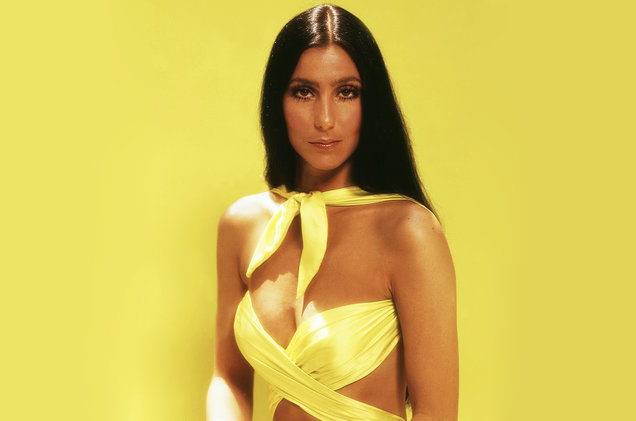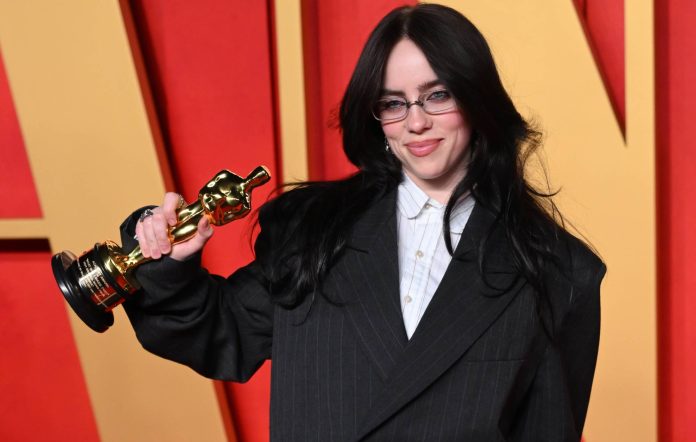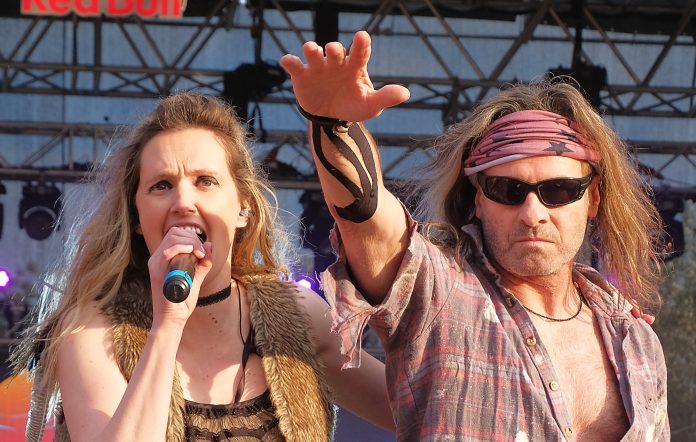Female pioneers are typically under-celebrated when it comes to critical retellings of popular music's history, and Cher -- Billboard's current cover star who will receive the Icon Award at this Sunday's Billboard Music Awards -- is a partial victim of that.
Yes, it seems odd to say anyone as famous as Cher is under-appreciated: the woman has five No. 1 singles on the Billboard Hot 100, an Oscar for best actress and has remained a household name for half a century. Even so, Cher's impact as a musical force is unfairly disregarded or minimized. Part of that is because music history is typically refracted through a male, rock-privileging lens. But it's also a casualty of music fans' obsession with authenticity -- and by her own admission, Cher didn't always exercise creative control over the direction of her music. Sonny Bono and David Geffen steered her toward music she didn't personally care for, and in the latest Billboard, Cher herself speaks dismissively of key hits in her catalog, saying early '70s smashes such as "Gypsys, Tramps and Thieves" and "Half-Breed" didn't fall in line with her "aesthetic taste."
Whether Cher's artistic choices were fully hers is beside the point (and the idea that an artist needs complete control over their creative output in order to be authentic is somewhat ridiculous – few directors have complete control over their movies, yet no one balks at the idea of a cinematic auteur). Save introducing the wider world to Auto-Tune with "Believe" (no small feat, of course, given Auto-Tone impacted the next 20 years of top 40), Cher did not, admittedly, pioneer musical genres or take lyrics to new poetic heights. She did, however, forge an iconoclastic path for vocal and visual androgyny in pop culture that's frequently overlooked. Years before David Bowie toyed with gender bending, Cher brought her deep contralto voice to the top of the Billboard Hot 100 with Sonny Bono on "I Got You Babe" in 1965, and in the ensuing slew of TV appearances, she brought her defiantly androgynous looks into households across America.
With long, straight black hair dangling in front of a face that (unlike most female pop stars of the time) was more prone to a knowing smirk than an ingratiating smile, Cher confused an American populace that was still suspicious of women in pants (keep in mind that the "hippie look" was far from ubiquitous in '65). Cher went one step further, though, not only wearing pants but embracing a genderless fashion that both men and women could (and did) imitate. Even her voice confused America – some fans wrote letters inquiring about Cher's gender, finding it hard to believe a woman could sing like she did (per Josiah Howard's 2013 book Cher: Strong Enough).
Middle America's confusion might seem laughable now, but in the mid '60s, the country wasn't used to gender lines being blurred. Not since Marlene Dietrich's pop culture heyday in the '40s had a woman with a voice that deep and a look that unfettered by gender captured America's attention.
Like that German singer-actress, Cher's androgyny on screen and wax helped give her a smoldering intensity that might have been lost had she allowed traditional ideas of femininity neuter her persona. Even if Cher didn't particularly care for songs like "Gypsys, Tramps and Thieves" or "Dark Lady," it's absurd to argue those songs could have been as effective in the hands of another singer -- sure, they're good story-songs, but Cher's delivery is what makes these admittedly dated pop songs resonate in your soul. And in terms of historical importance, it's strange that a woman who pioneered an androgynous musical identity in the mid '60s is so frequently left out of the conversation when critics talk about artists who were pioneers in that realm. No, she wasn't unabashedly bisexual like Bowie, but she was flipping preconceived ideas of gender upside down years before anyone knew who he was -- and unlike Bowie, Cher deeply permeated mainstream culture in the '70s thanks to her consistent presence on TV via The Sonny & Cher Comedy Hour and The Sonny & Cher Show.
When Cher eventually transitioned into a musical genre more suited to her tastes and her full-bodied contralto -- with the fist-pounding theatrical rock of 1987's Cher and 1989's Heart of Stone -- her voice seemed more at home. A deep contralto next to Meat Loaf/Bon Jovi guitars in the late '80s? No big deal. A deep contralto juxtaposed with heavily polished folk-pop in the '60s, though? That's something people hadn't heard much of.
Even if it didn't quite suit her particular sonic aesthetic, there's no understating the importance of Cher's voice and visuals in pop culture in the late '60s and early '70s. She teed things up for people like Bowie and Patti Smith, and the world would certainly be different if she hadn't stayed so irrevocably Cher from the start.








